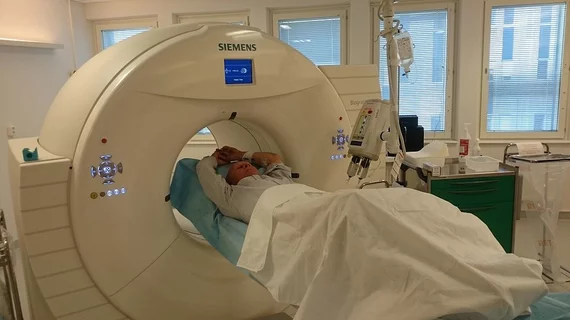Warming up CT contrast agents raises radiology department costs and few clinical benefits
Warming CT contrast media before administering it to patients may be an unnecessary use of resources, new research published this week in the American Journal of Roentgenology suggests.
The Joint Commission, which regulates contrast media, requires facilities to keep daily temperature logs and perform routine maintenance on warming devices, thus requiring additional time and resources. And while warming contrast to body temperature offers certain benefits, few studies have compared the safety of injections maintained at body versus room temperature.
After examining nearly 10,000 contrast media injections, the researchers believe the pros—reduced viscosity and injection pressures—may not outweigh the cons.
“Given the lack of observed practical benefit, the resources required to warm iohexol 350 or iopamidol 300 to body temperature before injection may not be warranted,” Marie-France Bellin, MD, with the University Paris Saclay, wrote in an editorial published alongside the study.
The team examined 3,939 patients who had received body temperature contrast and 3,933 patients who received it at room temperature. Iohexol 350 mg l/mL was used in every instance.
For the patients who were given warmed contrast, 11 adverse events were recorded, with zero extravasations, allergic reactions, or physiologic responses. Those who received room temperature media experienced 17 adverse events, 13 extravasations, four allergic/allergic-like reactions, and zero physiologic responses.
With the implied safety of room temperature contrast dye, the authors suggest radiology departments weigh rare adverse events against the resources required to maintain extrinsic warming as a part of their CT protocols.
“This insight might impact daily practice and assist radiology departments with cost savings, because the cost of a warmer and the extra labor of warming contrast media might be avoided,” Bellin continued.
You can read the detailed study in The American Journal of Roentgenology.

